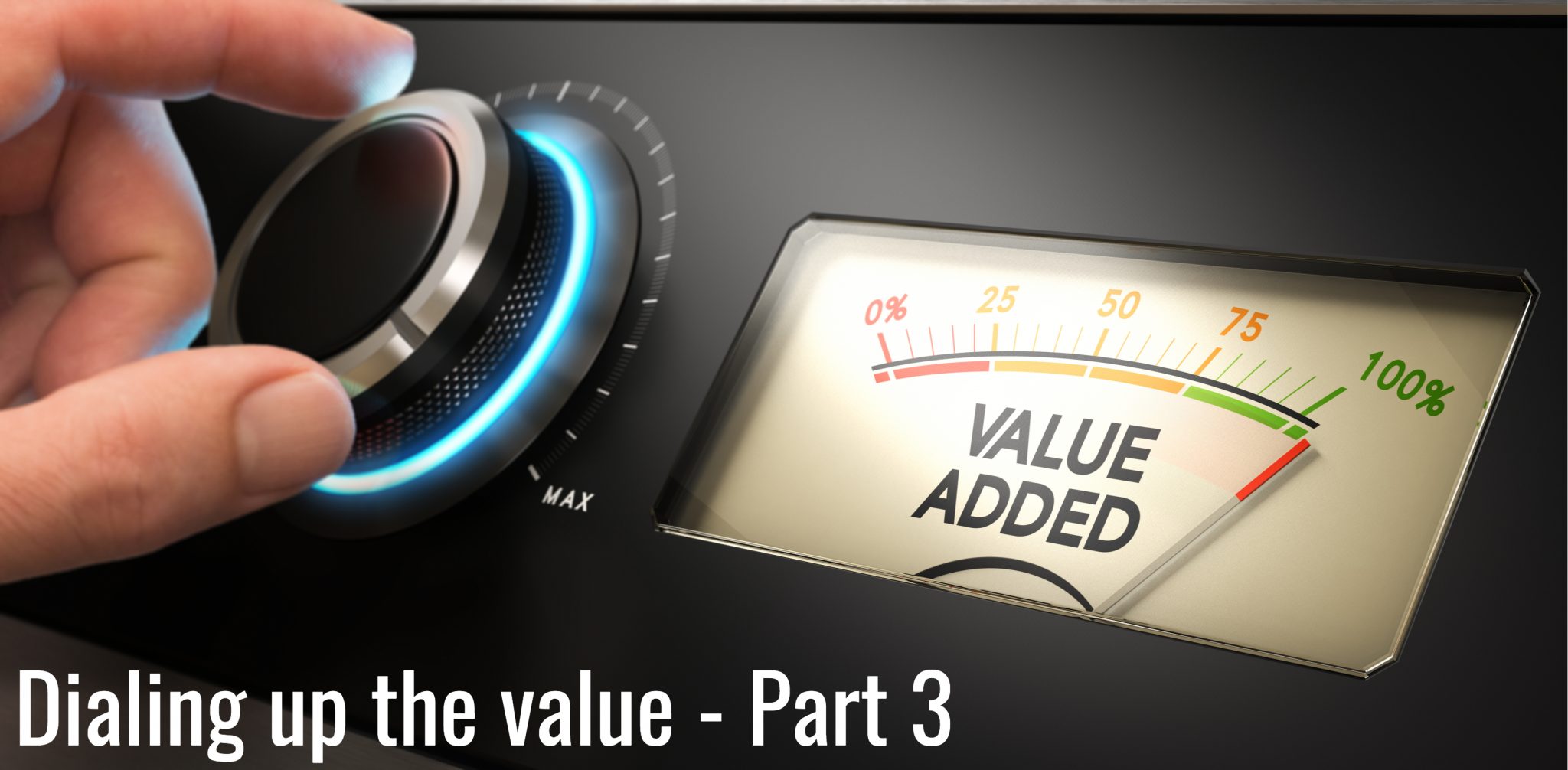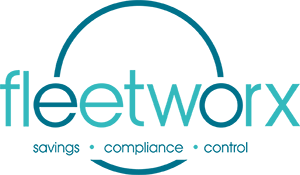
25 Sep Are you getting the best possible value from your car fleet? (part 3) – 6 more essential questions
As we learnt from part 1 in this mini-series, knowledge imbalance is a common by-product of outsourcing a company car fleet. This series of blogs covers the questions that must be asked of the supply chain to ensure they are delivering best value.
Part 1 dealt with the issue of transparency and cost control, whilst part 2 covers the subject of policy and best practice/value.
The third and final series of questions concern the provision of management info and how it helps you make decisions.
- What is our trend on pence per mile per vehicle spend and why?
Your supplier should have the reporting infrastructure to advise on your pence per mile per vehicle spend. A more accurate picture can be built using a TCO approach, but this will require a more sophisticated reporting system. To correctly analyse your spend and make strategically sound decisions, it is essential that you have a clear and accurate understanding of your entire supply chain, and all its associated costs. Your suppliers should be able to provide you with a detailed analysis of your spending and explain its direction.
- How do our costs compare with those of our peer group?
Understanding your company car benefit program in the context of your peer group is essential for effective recruitment and retention. Company car benefit is a highly visible component of a reward package and is an effective recruitment tool. Your supplier should have appropriate data systems which can collate and analyse all your spend categories. They should then be able to lay this against that of your peer group and advise on your position within your sector. Having this intelligence ensures your company car benefit design is working to your advantage.
- What are the key risks for increased costs for the future?
Transparency and insight to your cost structure will help you understand your areas of risk going forward. Your suppliers should have the ability to categorise your spending and interrogate it thoroughly to analyse the potential ramifications of category cost increases. They should then offer strategic advice on how to avoid cost creep.
- Do we have total visibility on all areas of company car fleet spend? If not how do we incorporate the missing areas of spend. (e.g. capture trading up and trading down payments and voluntary flex payments or receipts)
Visibility on all areas of spend is essential for controlling the company car fleet supply chain. A generalist who has been allocated the responsibility of managing a businesses company car fleet may assume the only spend to manage is the monthly lease rental cost. Naturally this cost is important, but it is only one of many cost lines that need to be managed. If a company car benefit program is correctly managed, it is quite possible for it to have up to 60 cost lines allocated to over 15 cost categories. A cost centre such as Finance Lease may contain 10 different cost lines, only one of which relates to the monthly lease cost. Others will be:
- Excess mileage charge
- Early termination
- Trade-down driver payment
Collating the detail and allocating it to the correct cost centre, is the only way that the total investment in the company car fleet can be understood. It is very important to maintain tight control on all the spend lines as they are so broad that they can easily be incorrectly allocated, undermining the actual true value of the investment. For example, if a policy allows an employee to trade-up their car for a more expensive model the system must ensure the appropriate contribution is collected and allocated. Whereas conversely if an employee wishes to trade-down, the correct payment must be made to that employee via payroll.
- Does our management information give us sufficient detail on our strengths, opportunities etc
Company car benefit design is a dynamic and complex process, with many variables at play. Consolidating these influences to help strategise about the direction the company car benefit should take is very important to maintaining its profile and share of voice within the business. Having the intelligence to help strategic decision-making is vital and having a management information system that can interrogate the company car program and translate its intricacies into discernable management information is of great value. Any fleet stakeholder should be able to use the management information system to outline a SWOT analysis of the program. It could uncover strengths such as advantageous fixed terms with manufacturers providing good value for money and contributing to accurate forecasting.
It could identify weaknesses such as high overall C02 emissions, contributing negatively to the companies ESOS position. Or it might expose threats such as a large amount of unplanned spend (accident damage, insurance claims, hire car costs etc) which, if unchallenged, could become an increasing cost burden.
It could also show opportunities by identifying how a series of smart policies could improve the perceived value of the company car selection policy without increasing cost: a valuable tool for recruitment and retention.
An increasing priority for many fleet stakeholders is having detailed management information, the raw data for which sits with the various suppliers. The challenge facing fleet owners, however, is creating systems to extract and analyse the data and provide sensible reporting that adds value to the decision making process. Such systems are only of value when they are external to the supply chain, as only then can the data be verified and independently analysed. Fleetworx provide this independent, accurate management information, ultimately helping the supply chain work better for everyone through a combination of data analytics, technology and expertise.
Back to Blogs Back to Case Studies List

Sorry, the comment form is closed at this time.